Bankruptcy Law
Providing services for Consumer and Small Business Bankruptcies.
Coming Soon!
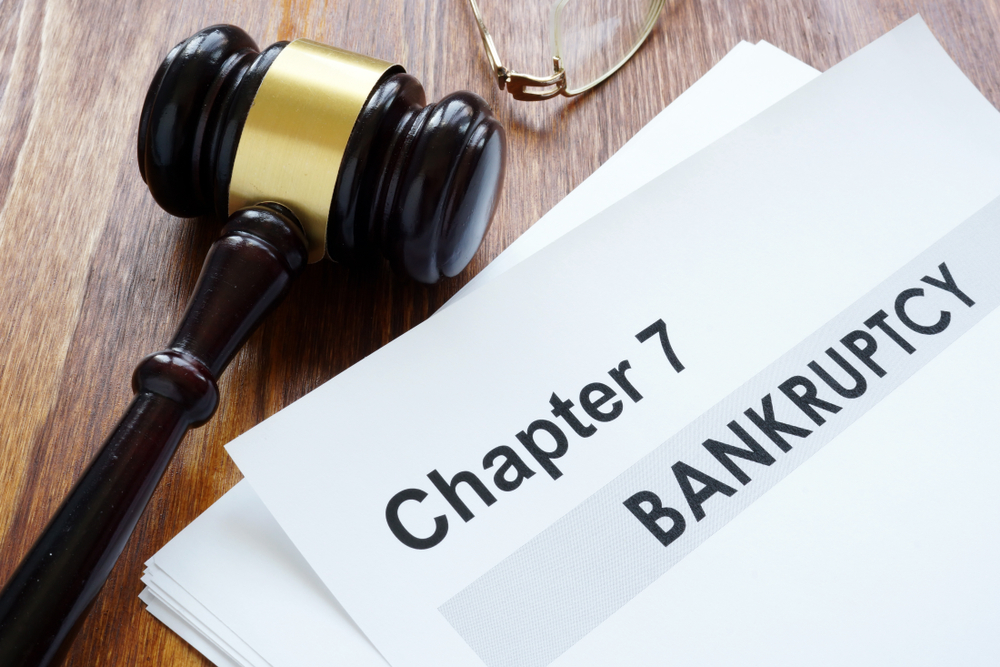
In a Chapter 7 Consumer Liquidation Bankruptcy, in exchange for a discharge of unsecured debts, the client’s assets (with certain exceptions) are collected and sold by the Court’s appointed Chapter 7 Trustee to pay off creditors. The goal of Bankruptcy Law in America is to give honest debtors a fresh financial start.

Small Business Bankruptcies are designed for those engaged in commercial/business activities with no more than $7,500,000 in non-contingent, liquidated debts, where at least 50% of such debts arose from commercial/business activities. They are attractive for small business owners because second mortgages taken out to support a business can qualify to be modified under a Sub-V Chapter 11 plan.

Chapter 12 Family Farmer Bankruptcies are geared towards those engaged in farming operations that make more than 50% of their income from such operations and have $10,000,000 or less in non-contingent, liquidated debts, where at least 50% of such debts arose from farming activities. Chapter 12 Family Fisherman Bankruptcies are geared towards those engaged in commercial fishing operations that make more than 50% of their income from such operations and have $2,044,225 or less in non-contingent, liquidated debts, where at least 80% of such debts arose from commercial fishing activities. Chapter 12 Bankruptcies are similar to Chapter 13 Bankruptcies and are attractive because farm mortgages and boat loans can be modified.
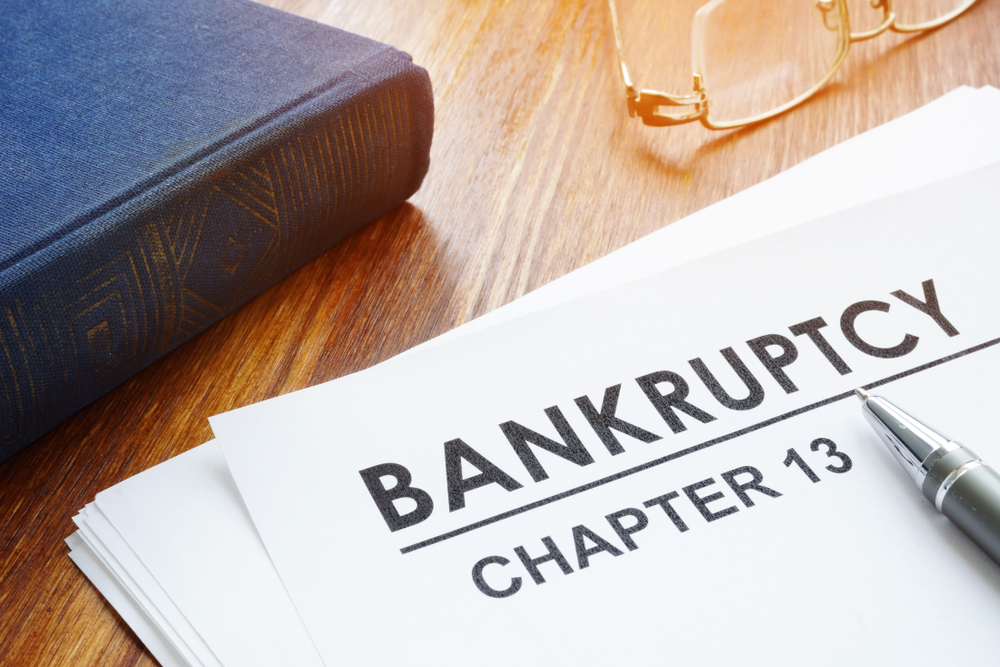
For various reasons, some people may not qualify for or want to undergo a full Bankruptcy liquidation of all assets. In these circumstances, a Chapter 13 Consumer Reorganization Bankruptcy might be the best or only option. Generally, in a Chapter 13 Bankruptcy, a 3 to 5 year payment plan based on the client’s disposable income is negotiated to pay creditors. The Plan may provide for the curing or waiving of any defaults and may modify certain debts. Leftover unsecured debt is discharged upon successful completion of the Plan.

Upon filing for Bankruptcy protection, all attempts at collection by creditors against the filer/debtor must immediately cease. This is called the Automatic Stay. Creditors face stiff monetary penalties for willfully violating the Bankruptcy Court’s Automatic Stay.
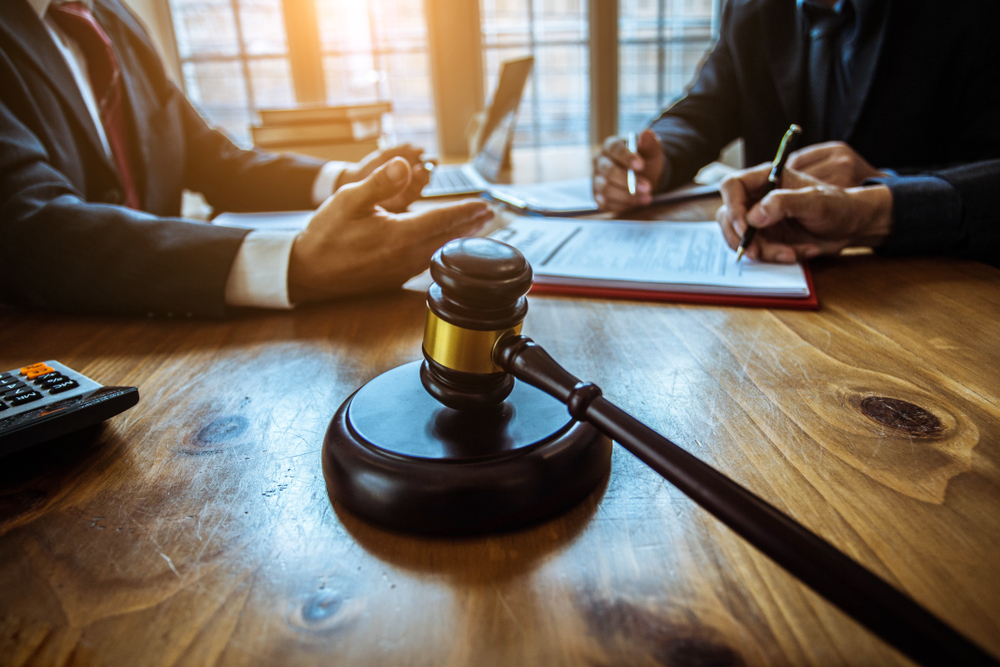
Garnishment actions must cease once a Bankruptcy case is filed (due to the Automatic Stay). Importantly, a debtor may be able to recover the amounts garnished within the 90-days prior to the Bankruptcy filing.
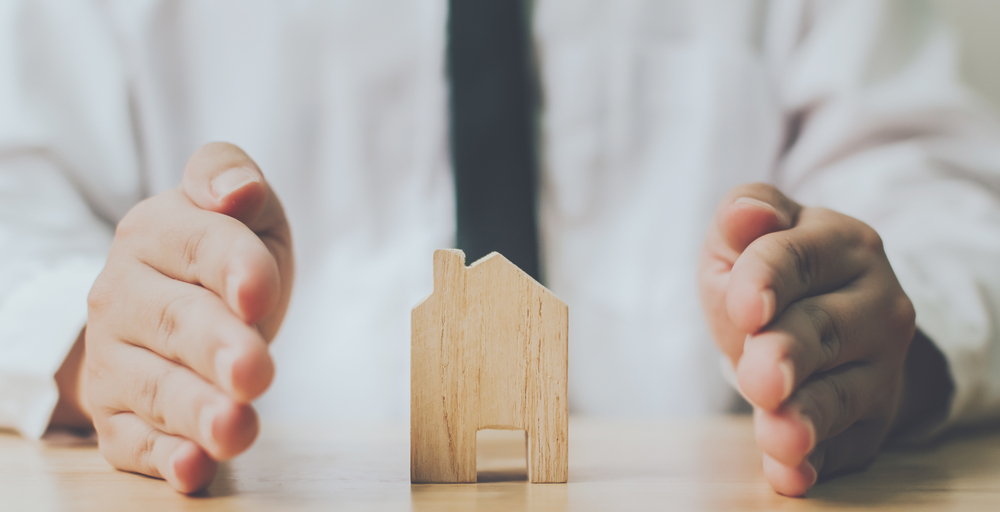
In Bankruptcy, only unsecured debts are discharged, meaning they are no longer owed by the debtor. Unsecured debts are debts that are not tied to collateral. Examples of unsecured debt are credit cards, medical bills, and deficiency judgments. Secured debts are debts, which are tied to collateral. Examples of secured debts include mortgage financing or car loans. While foreclosures and repossessions must halt under the Automatic Stay, secured creditors can request to lift the Automatic Stay to continue a foreclosure or repossession action. However, debtors may be able to keep the collateral by redeeming or reaffirming the associate debt. In certain situations, a debtor may even be able to keep the collateral due to a creditor’s error.
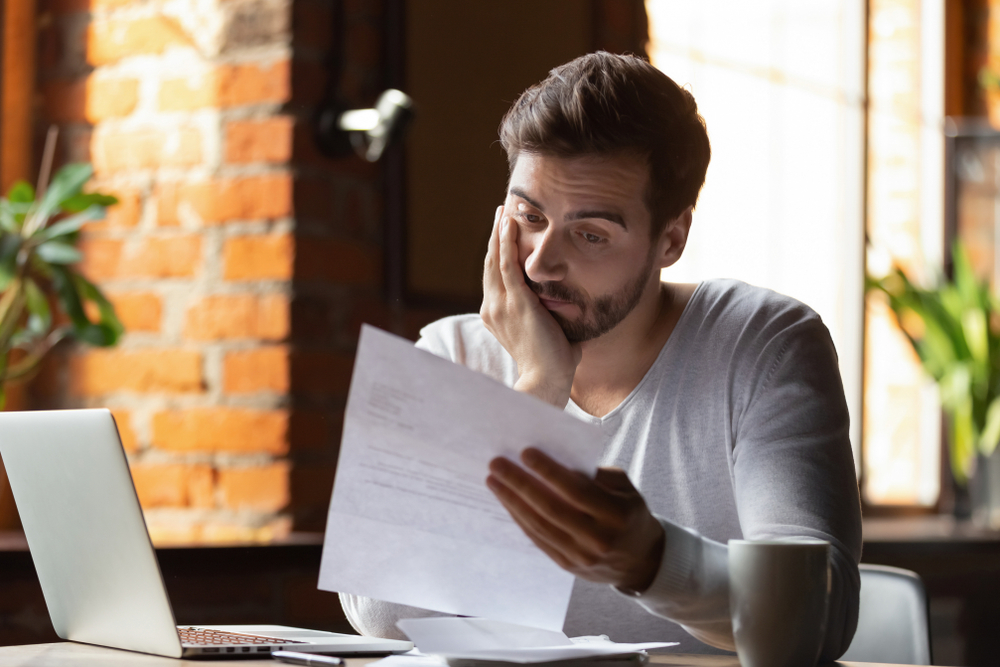
Certain debts are not usually dischargeable through any form of Bankruptcy. Common non-dischargeable debts include taxes, domestic support obligations, debts obtained through false pretenses, false representations, or actual fraud, student loans, and certain debts incurred within a short time prior to filing Bankruptcy (70 or 90 days depending on the type of debt).
Thank you for visiting the website of Mostyn Prettyman, PLLC. Please note that by visiting this website or communicating with any member or staff, an attorney-client relationship is not created. We will be pleased to speak with you to determine if we are able to assist you and provide competent legal representation. None of the information provided on this website should be considered legal advice.

